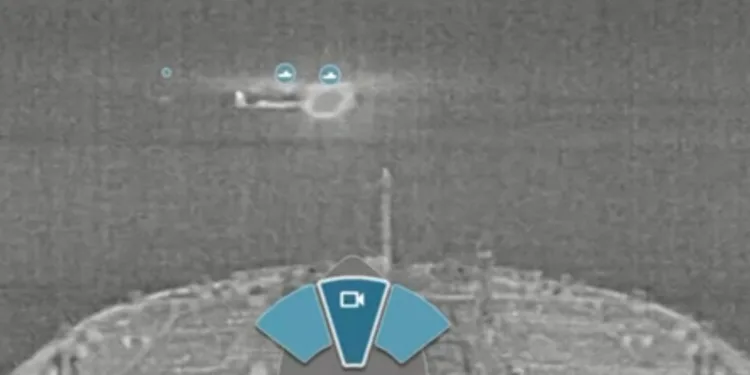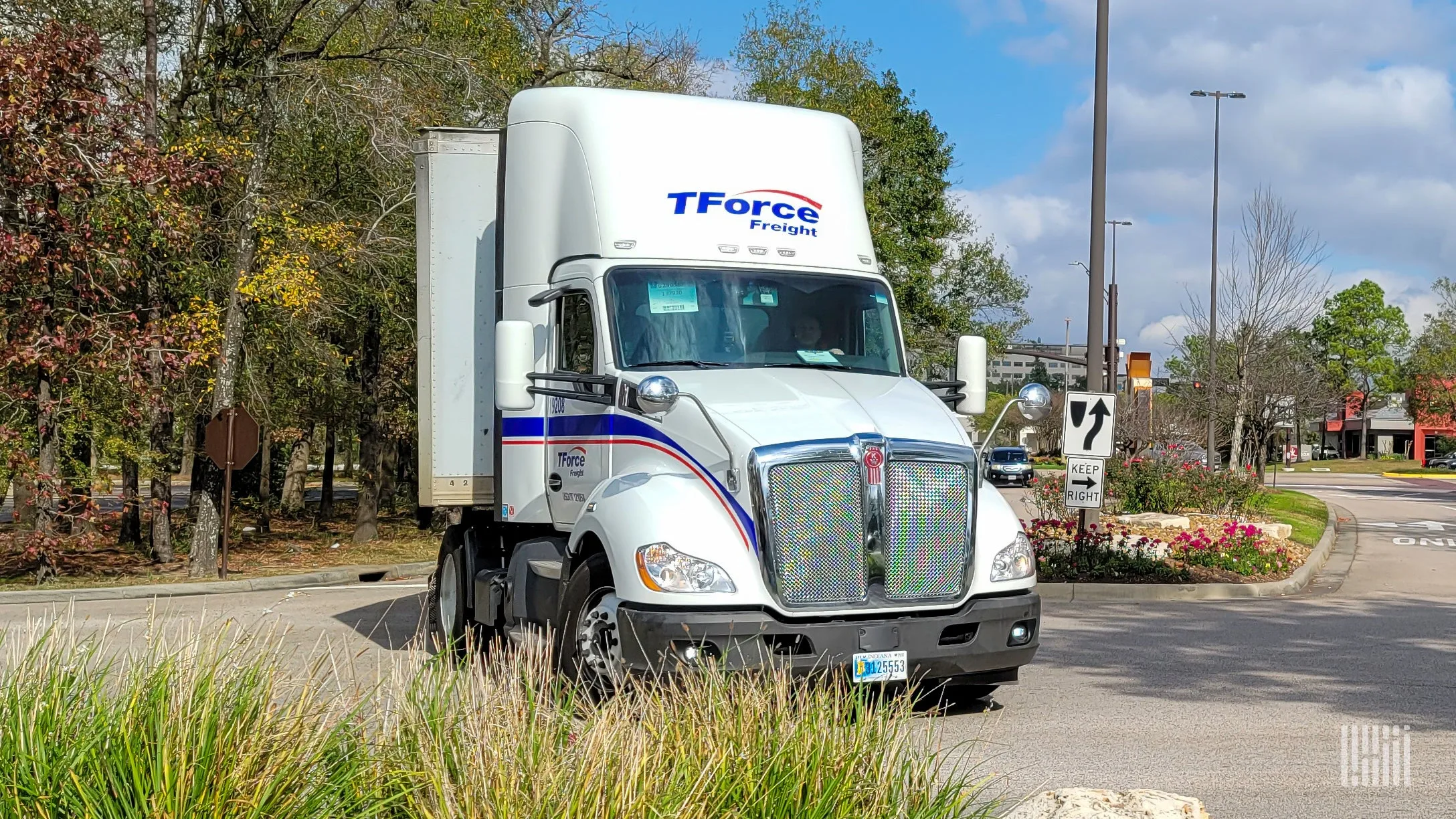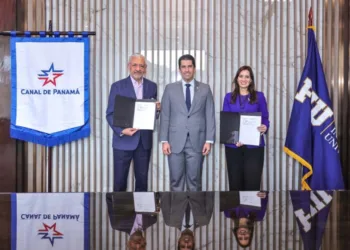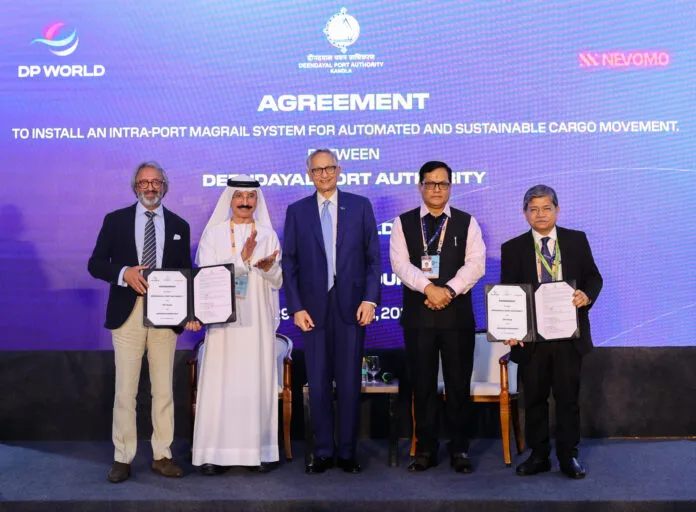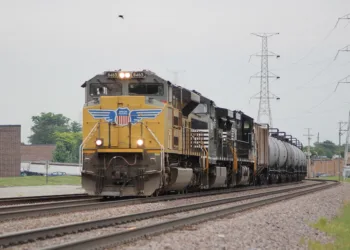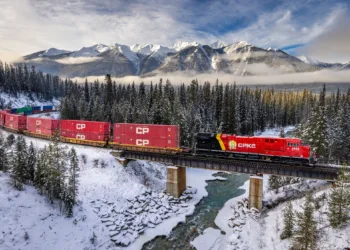Splash gets a little help in reporting from a recent tech conference.
No longer are artificial intelligence (AI) and automation speculative technologies waiting on the horizon; they are already actively redefining the contours of modern shipping. A recent event in Oslo, jointly hosted by Orca AI and Bureau Veritas, brought together top minds from the likes of Torvald Klaveness, Hoegh Autoliners and Anglo-Eastern to showcase how data, AI, and automation are ushering in a new era.
Central to this transformation is the drive for heightened operational efficiency and optimised supply chains. Ernst Meyer, CEO of Torvald Klaveness, highlighted how AI-powered decision-making and data analysis are enabling his company to rethink traditional shipping paradigms. A prime innovation is their development of combination carriers that can transport both wet and dry cargo within the same voyage, nearly eliminating inefficient ballast trips.
This revolution in efficiency is made possible by what many are calling the connectivity leap. Traditional satellite communications limited ships to minimal data exchanges. But the advent of affordable low-orbit satellite constellations like Starlink is enabling real-time data transfer and visibility, bridging the longstanding connectivity gap. This digital link is vital for AI implementation, allowing real-time performance monitoring, weather avoidance, voyage optimisation, and more.
With impending environmental regulations, such as the IMO’s carbon pricing mechanism potentially tripling fuel costs by 2033, the imperative to reduce waste and optimize voyages has never been stronger. Experts like Christian Hall, head of digital projects at Hoegh Autoliners, noted that manufacturers now offer real-time engine tuning advice directly to ships, reducing wear and fuel consumption. Torbjorn Dimblad, chief information officer at Anglo-Eastern, emphasised that data-driven insights for fuel savings have become a cornerstone of modern fleet operations.
Beyond efficiency, AI is proving revolutionary in improving maritime safety—an area long plagued by human error and fatigue. Yarden Gross, CEO and co-founder of Orca AI, emphasised that AI acts as a “co-pilot,” not a replacement. The intent is to automate routine tasks, alleviate crew workload, and dramatically enhance situational awareness.
This is critical, especially as crews face increased pressure navigating through increasingly congested and unpredictable waters. AI systems, like those from Orca AI, use advanced thermal cameras and deep learning algorithms to detect hazards even in fog or heavy seas. Gross shared that one fleet using their platform saw a 74% drop in near misses over 18 months—a tangible improvement that has already led to internal policy changes.
Alerts on close encounters, speed violations, and erratic vessel behaviour are now part of a ship’s digital toolkit, helping officers respond faster and more effectively. These tools do not diminish human responsibility but enhance a crew’s ability to act decisively. Moreover, the integration of intuitive interfaces aims to make these systems accessible and trusted by mariners, especially important as the next generation of tech-savvy seafarers enters the workforce.
Despite the promise of AI and automation, industry experts acknowledge several hurdles. A major one is the lag between technological capability and regulatory frameworks. Gijsbert de Jong, marine chief executive nordics, Bureau Veritas pointed out that while AI can perform many autonomous functions today, regulators remain cautious—particularly about liability. The IMO’s Maritime Autonomous Surface Ships (MASS) Code is under development, but progress is slow.
Trust also emerges as a barrier. Seafarers, already overwhelmed with operational responsibilities, may be sceptical of AI systems or struggle with complicated data interfaces. The consensus is clear: user interfaces must be streamlined and insights must be actionable, not overwhelming. As Anglo-Eastern’s Dimblad said, continuous crew training is essential for successful adoption.
Moreover, collaboration among vendors and shipping companies remains limited. Seamless integration of systems is key to delivering coherent decision support tools, but currently, too many ships operate with siloed solutions. Additionally, cybersecurity threats loom larger as vessels become more connected and reliant on cloud-based analytics.
Looking forward, the 2030s are set to be a dynamic decade for shipping. While onboard automation will evolve, it’s the shoreside operations—like fleet monitoring and route optimisation—that may see the most dramatic transformation through AI. The new digital tools are expected to change not just how ships operate, but also how decisions are made on land.
As AI becomes a core competency, maritime companies that fail to invest risk losing their competitive edge. But those that embrace this transformation stand to gain not only in efficiency and safety, but also in regulatory compliance and environmental sustainability.
As Orca AI’s Gross aptly put it, “Companies that don’t lean into AI now will simply fall behind. The digital voyage has begun, and it’s moving fast.”
This article was created using NotebookLM and ChatGPT.



